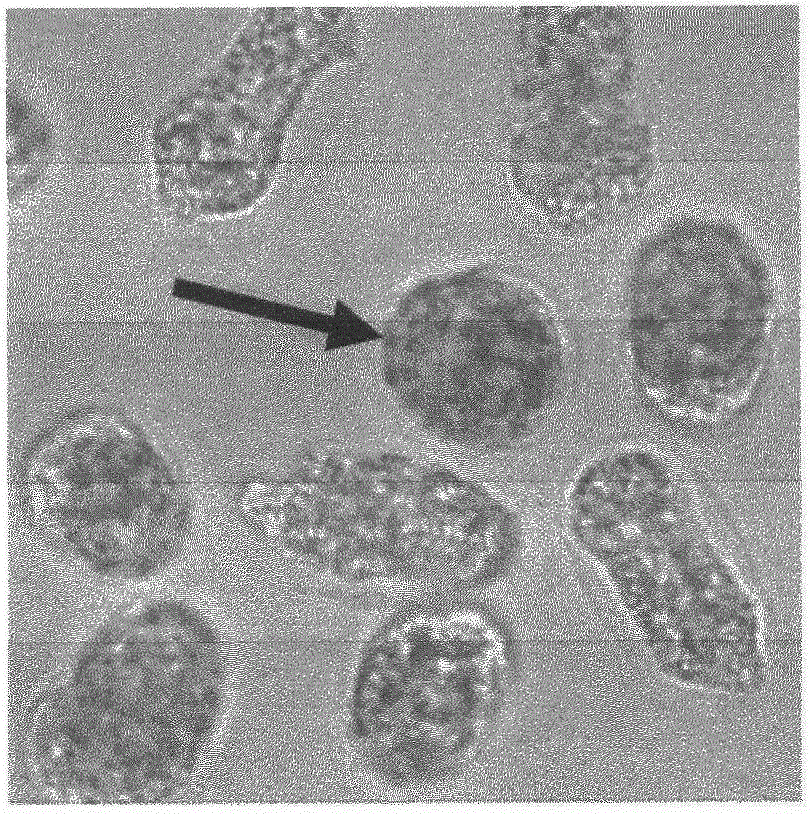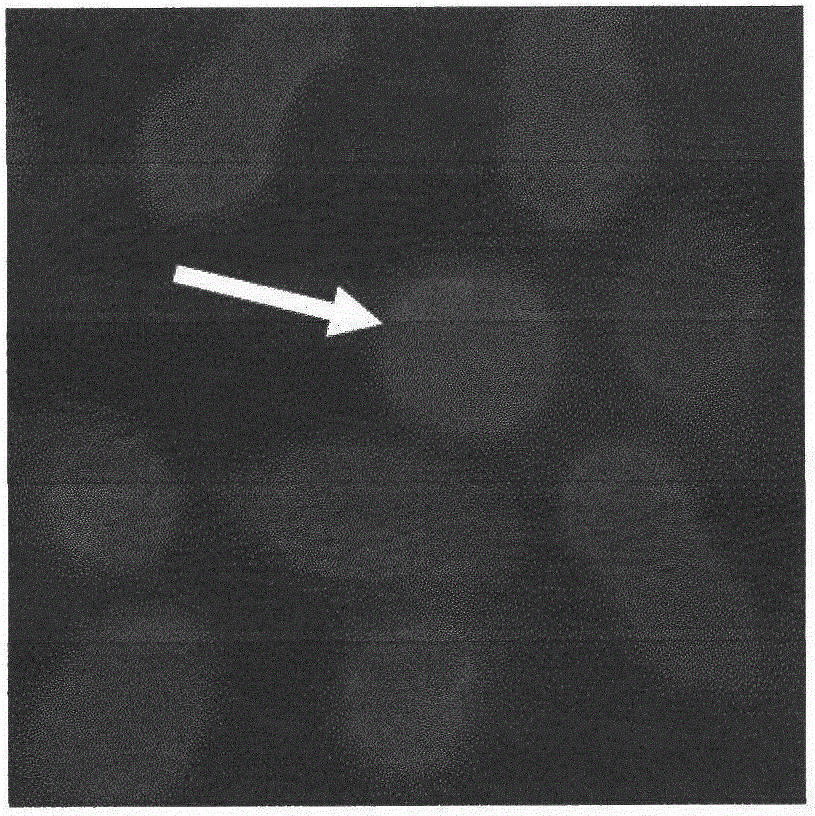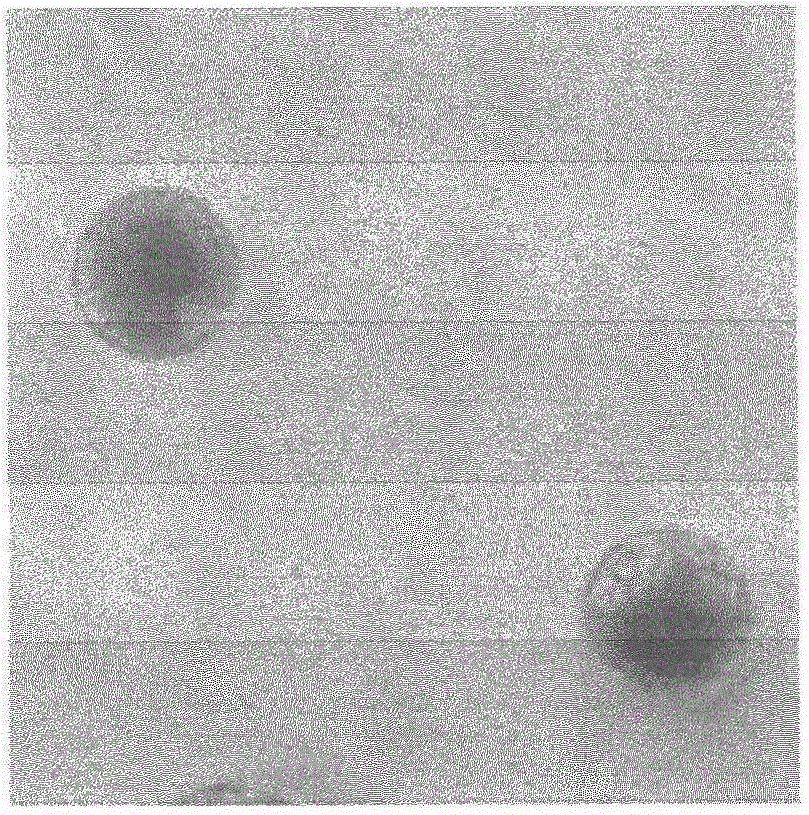Method for staining actin filaments of suspension cells
A technique for actin filaments and suspension cells, which is applied in the preparation of test samples, etc., can solve the problems of non-adherent cells staining method operation, and suspension cells are difficult to adhere to and grow.
- Summary
- Abstract
- Description
- Claims
- Application Information
AI Technical Summary
Problems solved by technology
Method used
Image
Examples
Embodiment 1
[0015] In this example, the actin filaments of the spores of Viola variegata were stained through the following steps. The specific steps are to collect single spores by centrifugation, and centrifuge at 800 rpm to collect suspension cells to be stained. Microfilament buffer (100mM PIPES, 10mM EGTA, 5mMMgSO 4 and 0.3M mannitol, pH 6.9) dilute the fluorescent marker substance AlexaFluor 488phalloidin (Molecular Probes, USA) of actin filaments to 5UmL -1 Prepare actin filament staining solution, and add 2% (v / v) glycerol to enhance the staining effect. The collected cells were suspended in the above staining solution, stained at room temperature and in the dark for 10 minutes, and centrifuged again at 800 rpm to collect the cells.
Embodiment 2
[0017] In this example, the actin filaments of the spores of Viola variegata were stained through the following steps. The specific steps are to collect single spores by centrifugation, and centrifuge at 900 rpm to collect suspension cells to be stained. Microfilament buffer (100mM PIPES, 10mM EGTA, 5mMMgSO 4 and 0.3M mannitol, pH 6.9) to dilute the fluorescent marker substance Alexa Fluor 488 phalloidin (Molecular Probes, USA) of actin filaments to 5UmL -1 Prepare actin filament staining solution, and add 2% (v / v) glycerol to enhance the staining effect. The collected cells were suspended in the above staining solution, stained at room temperature and in the dark for 10 minutes, and centrifuged again at 900 rpm to collect the cells.
Embodiment 3
[0019] In this example, the actin filaments of the spores of Viola variegata were stained through the following steps. The specific steps are to collect the single spores by centrifugation, and collect the suspension cells to be stained by centrifugation under the condition of 1000 rpm. Microfilament buffer (100mM PIPES, 10mM EGTA, 5mMMgSO 4 and 0.3M mannitol, pH 6.9) dilute the fluorescent marker substance AlexFlour 488phalloidin (Molecular Probes, USA) of actin filaments to 5UmL -1 Prepare actin filament staining solution, and add 2% (v / v) glycerol to enhance the staining effect. The collected cells were suspended in the above staining solution, stained at room temperature and in the dark for 10 minutes, and centrifuged again at 1000 rpm to collect the cells.
[0020] The cells collected in Example 2 were observed. In order to reduce the background caused by fluorescent substances in the observation, the collected cells could be centrifuged and washed once again with phosp...
PUM
 Login to View More
Login to View More Abstract
Description
Claims
Application Information
 Login to View More
Login to View More - R&D
- Intellectual Property
- Life Sciences
- Materials
- Tech Scout
- Unparalleled Data Quality
- Higher Quality Content
- 60% Fewer Hallucinations
Browse by: Latest US Patents, China's latest patents, Technical Efficacy Thesaurus, Application Domain, Technology Topic, Popular Technical Reports.
© 2025 PatSnap. All rights reserved.Legal|Privacy policy|Modern Slavery Act Transparency Statement|Sitemap|About US| Contact US: help@patsnap.com



